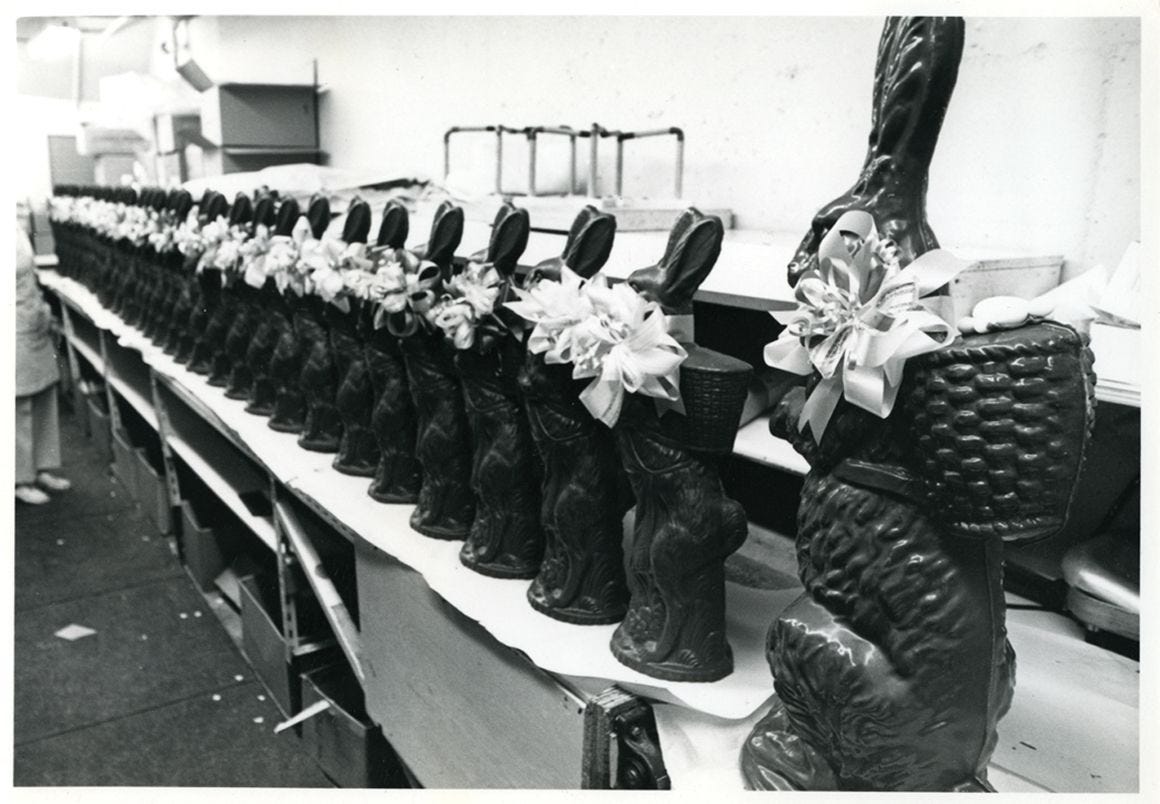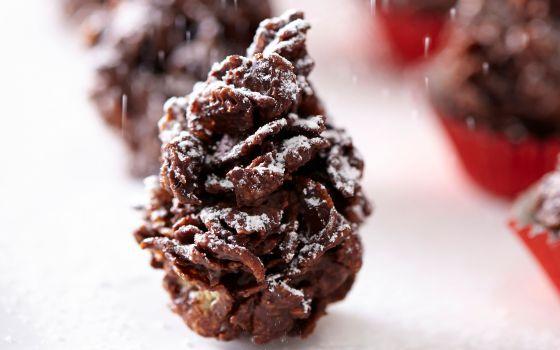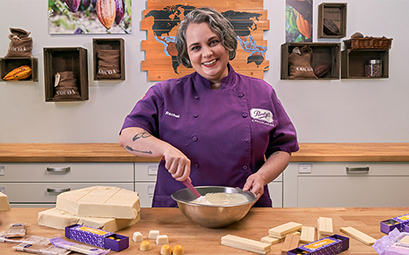The very first written record of any kind of egg-laying bunny comes from the 1600s, in Germany.
The Oschter Haws (Easter Hare) brought coloured eggs as gifts for children. In later versions of the story, she hides the eggs in the garden for children to find.
Yes, she.
The Oschter Haws was decidedly a female hare. Hares have never been domesticated (unlike rabbits) but they are closely related to rabbits. So how did the Oschter Haws become the Easter Bunny, which most people identify as a male rabbit?
In the 1700s, German immigrants (later called the Pennsylvania Dutch) brought the Oschter Haws to the Eastern United States—along with an established tradition of chocolate.
There’s no record of who invented the chocolate Easter bunny but chances are good it was someone of German descent. Tins for chocolate moulds that date back to 1890 have been found in Munich, Germany.
Meanwhile circa 1890 in Pennsylvania, drugstore owner Robert L. Strohecker crafted a 1.5 meter (5’) chocolate rabbit as a way to advertise Easter.
And that's all it took. By 1925, chocolate bunnies had, ahem, multiplied in popularity. Some even had accessories like bowties or hats, which gave them a gentlemanly vibe.
We dug through the Purdys archives and found a fabulous photo (dating circa 1980s) of chocolate bunnies on display at our Kingsway Factory Kitchen in Vancouver, Canada, which is where we still craft all of our chocolates.


The largest bunny on the right is Charles, our 12 kilogram bunny named in honour of Charles Flavelle, then-owner of Purdys Chocolatier. You can still buy Charles today in select Purdys shops (look for him in the display window, you can’t miss him!).
And did you know that a group of bunnies is called a fluffle?
We have a whole fluffle of chocolate bunnies, some hollow, some solid but all made from sustainable cocoa, to guarantee a Hoppy Easter for everyone.





